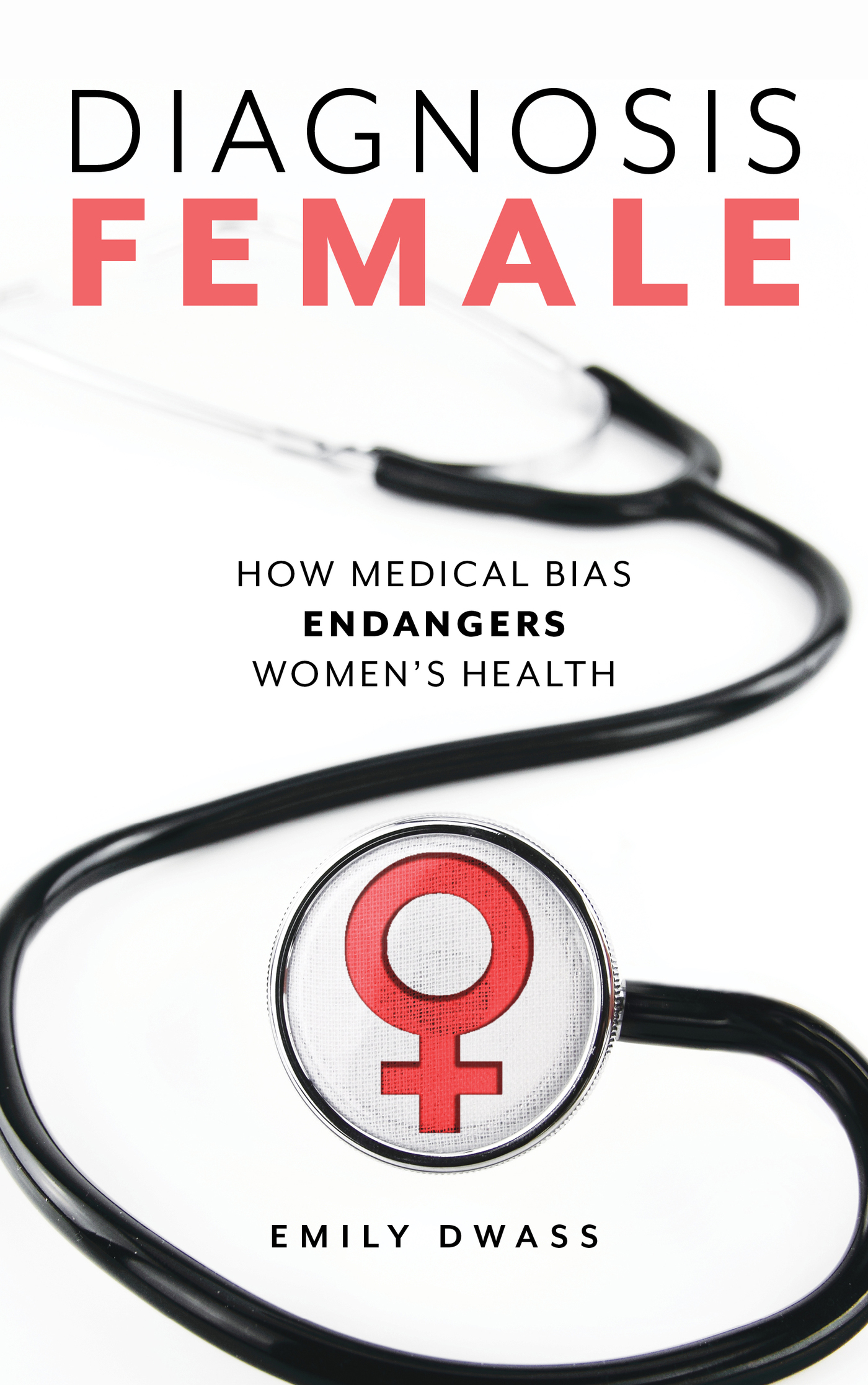Diagnosis Female
How Medical Bias Endangers
Womens Health
Emily Dwass
ROWMAN & LITTLEFIELD
Lanham Boulder New York London
Published by Rowman & Littlefield
An imprint of The Rowman & Littlefield Publishing Group, Inc.
4501 Forbes Boulevard, Suite 200, Lanham, Maryland 20706
www.rowman.com
6 Tinworth Street, London SE11 5AL
Copyright 2019 by Emily Dwass
All rights reserved. No part of this book may be reproduced in any form or by any electronic or mechanical means, including information storage and retrieval systems, without written permission from the publisher, except by a reviewer who may quote passages in a review.
British Library Cataloguing in Publication Information Available
Library of Congress Cataloging-in-Publication Data
Names: Dwass, Emily, 1953 author.
Title: Diagnosis female : how medical bias endangers womens health / Emily Dwass.
Description: Lanham : Rowman & Littlefield, 2019. | Includes bibliographical references and index.
Identifiers: LCCN 2019005447 (print) | LCCN 2019014125 (ebook) | ISBN 9781538114476 (electronic) | ISBN 9781538114469 (cloth : alk. paper)
Subjects: LCSH: WomenHealth and hygieneSociological aspects. | WomenDiseases. | Womens health servicesSocial aspects.
Classification: LCC RA564.85 (ebook) | LCC RA564.85 .D92 2019 (print) | DDC 613/.04244dc23
LC record available at https://lccn.loc.gov/2019005447
 TM The paper used in this publication meets the minimum requirements of American National Standard for Information Sciences Permanence of Paper for Printed Library Materials, ANSI/NISO Z39.48-1992.
TM The paper used in this publication meets the minimum requirements of American National Standard for Information Sciences Permanence of Paper for Printed Library Materials, ANSI/NISO Z39.48-1992.
Printed in the United States of America
To my wonderful family,
who give me symptoms of joy every day
Introduction
When I was growing up in suburban Chicago, our pediatrician was a kind man who made house calls, sometimes twice in one day. No matter what was wrong with me or my three siblings, he had the cure, instilling the idea that doctors would always have an answer. That assumption was upended when I was an undergraduate at the University of Illinois and went to the student health service for help with severe menstrual cramps. A young female doctor folded her arms and looked askance before declaring: Some women get cramps because they dont like having periods. And that was the extent of her exam, diagnosis, and treatment.
I figured that this unhelpful appointment was due to the nature of student health care in the 1970s. (One of my roommates went to the same medical center with a urinary tract infection and was given a morality lecture instead of antibiotics.) But in the years after college, unsettling doctor appointments continued. They ranged from condescending (a rheumatologist who started things off by asking, Whats your story of woe?) to dangerous (a brain tumor that was misdiagnosed for four years).
I was hardly alone. In researching this book, I found a theme that reverberated in the stories of the women who shared their medical journeys with metime and again, they said that their voices did not matter, or worse, that their concerns were dismissed when they sought help for medical problems. Not only were they greeted with skepticism when they described their symptoms, but they also encountered an astounding lack of empathy.
Critical care physician Dr. Rana Awdish, director of the Pulmonary Hypertension Program at Henry Ford Hospital in Detroitwho barely survived a catastrophic medical crisis during her first pregnancytold me that she believes women are more vulnerable in every dynamic. I think that in so many ways weve been taught to invalidate our own truth and only know things about ourselves when were told them. That cultural bias of devaluing our own experience translates into medicine as well. (Note: In this book, quotations without citations are from interviews with the author. Quotes with other origins have footnotes indicating the source.)
Some of the problems that women encounter in their healthcare are rooted in labs, where for generations scientific research was strictly a boys club. And Im not just referring to the scientists looking into microscopes. For most of medical history, all of the cells, tissues, animals, and people being studied were male. Unbelievably, women were excluded as medical research subjects until 1993, meaning that most of what is now known about drugs and diseases is based on findings applicable to only half the population.
Theres no question that the exclusion of women from scientific research seeped into clinical practice. Deeply ingrained in both areas of medicine was the belief that men and women were basically the same, with the exception of the bikini zone. This meant that doctors expected female symptoms to look like male symptoms. If women presented differently, all too often the diagnosis was some version of all in her head. This has had dire consequences for women seeking medical care. Take, for example, heart attacks. Chest pain and pressure are the unmistakable signs of cardiac distressin men. A woman, on the other hand, may exhibit extreme fatigue as her primary symptom. Doctors who are unaware of this wont think to investigate further, putting the patient at risk.
You can draw a straight line from faulty research conclusionsbased on scientific studies that ignored womento mistakes in medical settings. Even when it finally became accepted that, biologically, women were not mini-men, many clinicians did not get the memo. We arent even close to closing the gap of knowledge on womens health. To this day, we are utilizing evidence that is based upon research that was done on men, said Dr. Alyson J. McGregor, director of the Division of Sex and Gender in Emergency Medicine at Brown University.
She continued: When people use the words gender bias, Im always a little hesitant, because its not necessarily a conscious bias, although that still exists in every element of our society. When you think about whats happening when a physician is seeing a patient and that patient is describing their symptoms, all of the medical knowledge that that physician is using has been based on research done on men. The bias is there in the knowledge of how the human body responds. Its ingrained into the diagnostic testing choices that we have. When we order a test, that test was affected and designed to detect the way that men have a disease. If a woman comes in, her symptoms may not be exactly what were expecting, because were expecting the symptoms of certain things that have occurred in men. And then the physicianwhether theyre male or female, it doesnt matterwill they even recognize that particular symptom as something that is concerning?
Dr. McGregor, coauthor of the medical textbook Sex and Gender in Acute Medical Care, explained that an ongoing risk for women is that doctors view male patterns of disease as typical and female patterns as atypical. In fact, with the same condition, there can be specific symptoms that are common in men and others that are the norm for women. By viewing women and their presentations as atypical, it leads to this lack of recognition that women may have different ramifications of the same illness.... Thats a very serious issue when women seek emergency care, said Dr. McGregor.
She noted that even when a correct diagnosis is made, there is the question of whether or not the treatment plan is known to be effective for women: When we prescribe medication to women, it can be a guessing game as to what that medication will do, whether its a high enough dose, a low enough dose, and what the side effects may be. These concerns are ingrained into the entire medical system.
Next page
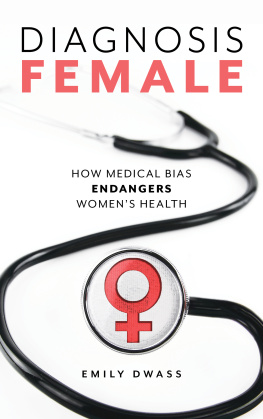

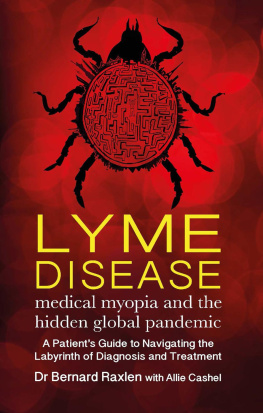
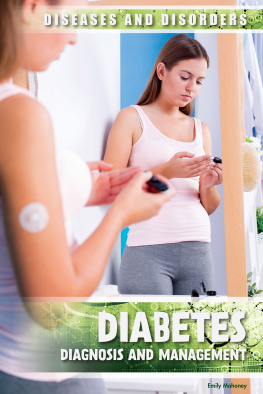


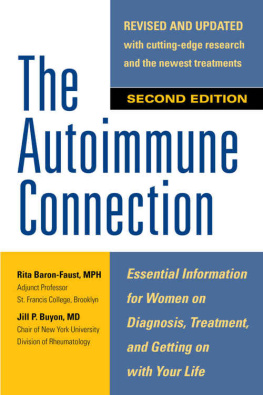
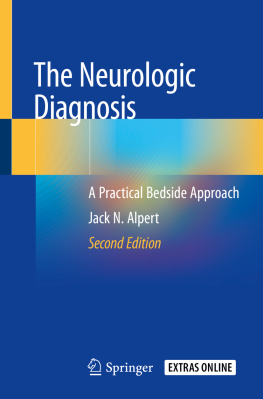

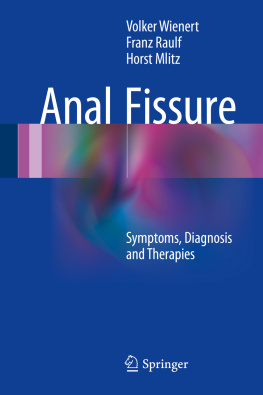

 TM The paper used in this publication meets the minimum requirements of American National Standard for Information Sciences Permanence of Paper for Printed Library Materials, ANSI/NISO Z39.48-1992.
TM The paper used in this publication meets the minimum requirements of American National Standard for Information Sciences Permanence of Paper for Printed Library Materials, ANSI/NISO Z39.48-1992.